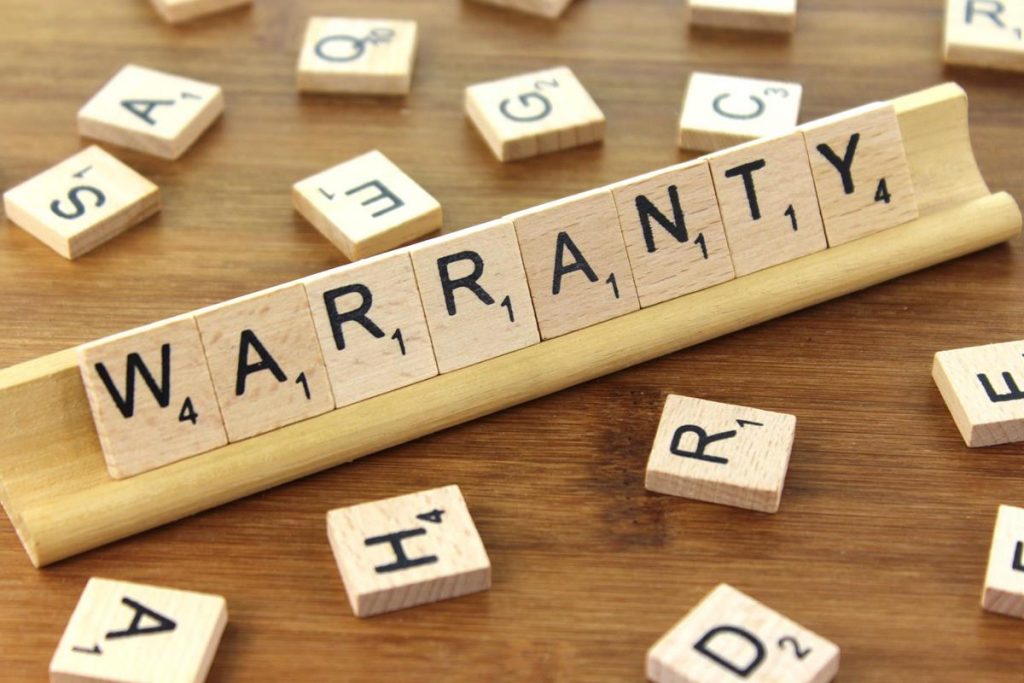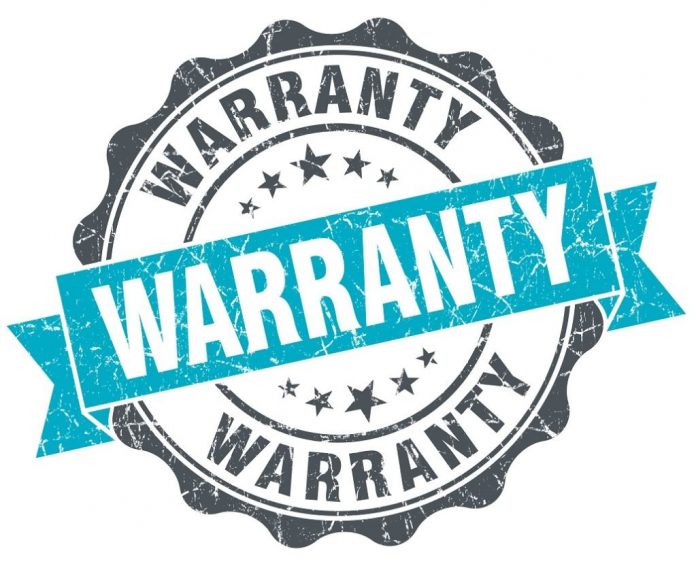Myths and misconceptions about warranties and their purpose can frustrate consumers. Learn what a warranty is, what it isn’t, and how to identify a good one.
What is a warranty, and what good is it?
According to James R. Brennan, author of Warranties: Planning, Analysis and Implementation, a warranty is the documentation of a guarantee – assurance of quality or expected product life – offered by the maker of a product regarding its performance, and the responsibilities of the maker if the guarantee is not met.
The UK government Business Link site describes the warranty as “a legally-binding assurance that any problems caused by manufacturing defects during a set period will be remedied.” In Brennan’s words, “an assurance that the supplier of an item will back the quality of the item in terms of correcting any legitimate problems…at no additional cost, for a particular time and use.”
Common Misconceptions about Warranties
- The product will not fail during the stated period
- The length and coverage relate directly to the quality of the product.
- A claim will not cost the customer anything – warranty repairs are always totally free.
- Warranties are free
Product Will Not Fail, Break, or Wear Out

No product is perfect; it is not realistic to expect otherwise. For even a well-built product, the maker will expect a certain rate of failure. While the legalities may vary between jurisdictions, the warranty provides assurance that if anything does go wrong, the manufacturer will repair or replace whatever is needed to return the item to working condition. Note that this does not necessarily mean like new condition.
Why doesn’t the vendor simply make a better product? With more planning, better design, improved materials, and so on, the product could be made better, and probably will be in the next production run – but these things might delay time to market and price the item too high to be competitive. A manufacturer has to sell product to survive, and constantly juggles factors of economics and customer satisfaction.
It’s Under Warranty – Why is the Bill so High?

Not all warranties have the same coverage, and extra costs may appear on a repair bill.
- Parts Only – A defective part is replaced free of charge, and the owner can install it himself. If the owner wants the part installed by a dealer or service rep, there will be a charge for labor and perhaps for travel.
- Parts & Labor – The vendor will provide the replacement part and pay for installation. But this may not cover incidental labor (moving patio furniture to access a defective window, say) and delivery.
- Limited Coverage – Most warranties have exclusions. Damage from unauthorized repairs, alterations, “acts of nature” or war, abuse or misuse and “normal wear-and-tear” are common exclusions.
Any given repair may also include both items covered by the warranty and items not under warranty.
There Ain’t No Such Thing as a Free Lunch (TANSTAAFL)

The cost of the warranty is included in the cost of the item. Yet many consumers are not aware of this, and fall victim to advertising about free extended warranties.
“The fact is that…the expected cost to the supplier in fulfilling the warranty agreement is included in the price of the item,” notes Brennan. “Suppliers are in business to make a profit. It would not take too many truly free warranty problems to bankrupt a supplier.”
Length and Coverage as Measures of Product Quality

As Brennan asks, is a mattress with a 15-year warranty superior to one with a 12-year warranty? His answer: “Not necessarily.”
Consider two hot tubs with similar features, one with a five year inclusive warranty (part/labor coverage for jet internals, pillows, controls, everything from top to bottom) at a higher cost, and another with a seven year specified warranty that doesn’t cover replacement jets, pillows, and smaller items, but does cover major components such as motors and pumps.
Feature for feature, the two hot tubs may be highly similar in quality. To one consumer, the lower cost and longer period on major parts may be attractive, while to another buyer the breadth of coverage of the five-year warranty provides greater peace of mind well worth the extra cost.
The Strength of the Paper Depends on the Vendor
Even the longest and broadest of warranties is only a piece of paper if the manufacturer goes out of business or lacks the integrity or financial power to meet the warranty obligations. In the end, the reputation, stability, and history of the supplier count for a great deal.


















